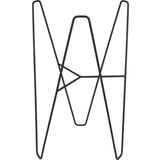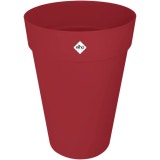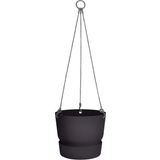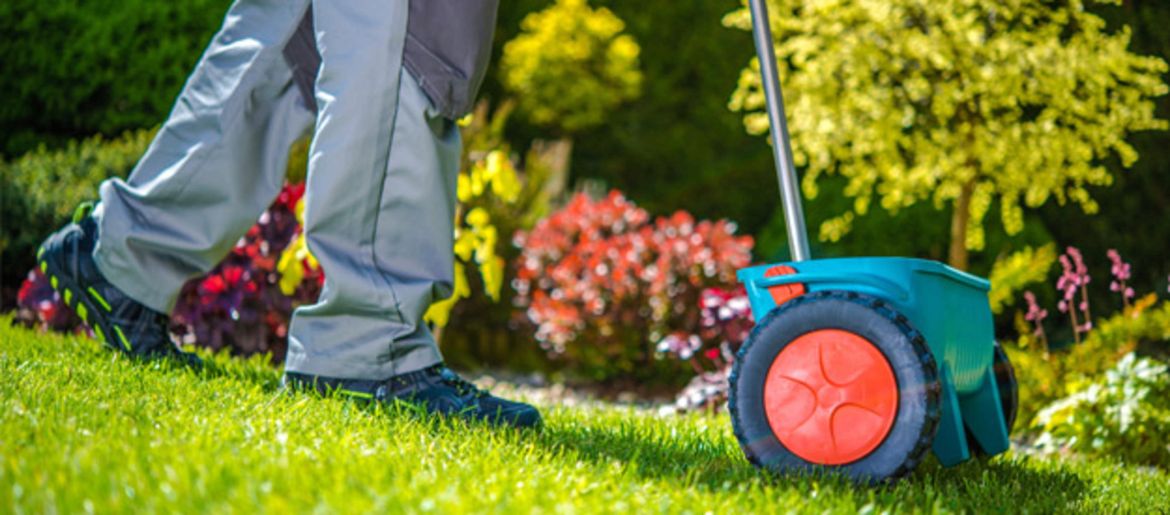Give Your Lawn a Boost
Winter takes its toll on any lawn, but with the right lawn treatments, you can help your lawn bounce back again.
As our lawns begin to grow in again after the winter, we start to use them more and more. This means that our grass needs to be able to withstand a lot of daily use. Sometimes, our lawns need a boost to be ready for springtime. The winter can leave patches of moss or bald spots on your lawn. These bald spots leave your lawn susceptible to weeds. Here are some tips for how to care for your lawn to ensure that it grows in lush and green.
The Pampering Package
The perfect pampering package contains the following steps:
- Reseeding
- Scarifying
- Aerate
- Filling in holes
- Fertilising
- Mowing
- Reseeding: revive bald spots in your lawn by planting new grass seed. The area should be cleaned up removing plant debris or stones and then lightly raked. Scatter the grass seeds, work them into the soil a little and gently stamp down the ground. A little fertiliser and regular watering ensure that in four to six weeks you'll have new blades of grass coming up. Once you have new grass growing, weeds won't have a chance to spread. You can also use patches of sod to fill holes in your garden.
- Scarifying: this gives the lawn the opportunity to breathe. For scarifying, a special device called a scarifier is needed. This cuts into the surface of the lawn down to a few inches deep, which allows air to enter the lawn and drain water more easily. As a result, the area attracts less moss and stays firmer. After scarifying, it is a good idea to water the lawn or, if necessary, to fertilise it.
- Aerate: you can aerate your lawn by piercing the soil, allowing air, water and nutrients to travel down to the roots of the grass. Aerating works only with a tool with hollow tines, as this removes a bit of the soil and allows the air to flow unhindered to the roots. If you use a regular fork-like tool, you just push the soil down, compressing it, which does not allow air in. the earth is only pushed aside and compressed so that no air gets to the roots. Aerating differs from scarifying in that the holes it creates go deeper into the soil allowing more air in.
- Filling in holes: Any holes created by scarifying or aerating can be filled in with quartz sand. These fine, sharp and weather-resistant grains of sand penetrate deeper over time, ensuring looser soil and better ventilation.
- Fertilising: our lawns need the right nutrition from nutrients. Healthy grass can be seen by the strong blades and green colour. You can choose between many fertilisers, but the main difference between them all can be seen in mineral and organic fertilisers. Mineral fertilisers work almost instantly, while organic substances must be broken down and transformed before the plants can absorb the nutrients.
- Mowing: when you're finished with the first five steps, it's time to mow! Regularly mowing cuts back on weeds and keeps them from multiplying. Mowing keeps your lawn healthy even over a dry summer.
Latest reviews
-
 £17.10
£17.10Delivery by December 31
-
 4.8 (4)
4.8 (4)elho loft urban Round High 35, Theatre Red
- Theatre Red
- White
- Warm Grey
- Anthracite
- Ochre
- +2
- For an interesting effect
- Matte & cool workmanship
- Ideal for city balconies and roof terraces
£27.00Delivery by December 31
-
 4.9 (8)
4.9 (8)elho greenville Hanging Flowerpot 24 cm, Lively Black
- Lively Black
- White
- Leaf Green
- Golden Sand
- Integrated water reservoir
- Made of recycled plastic
- Seamless design
£16.80Delivery by December 31
Magazine Articles:
-
Great Britain: Free standard delivery from £69.90
-
Free
returns More than 6.600 products
Secure payments
with SSL encryption technology

